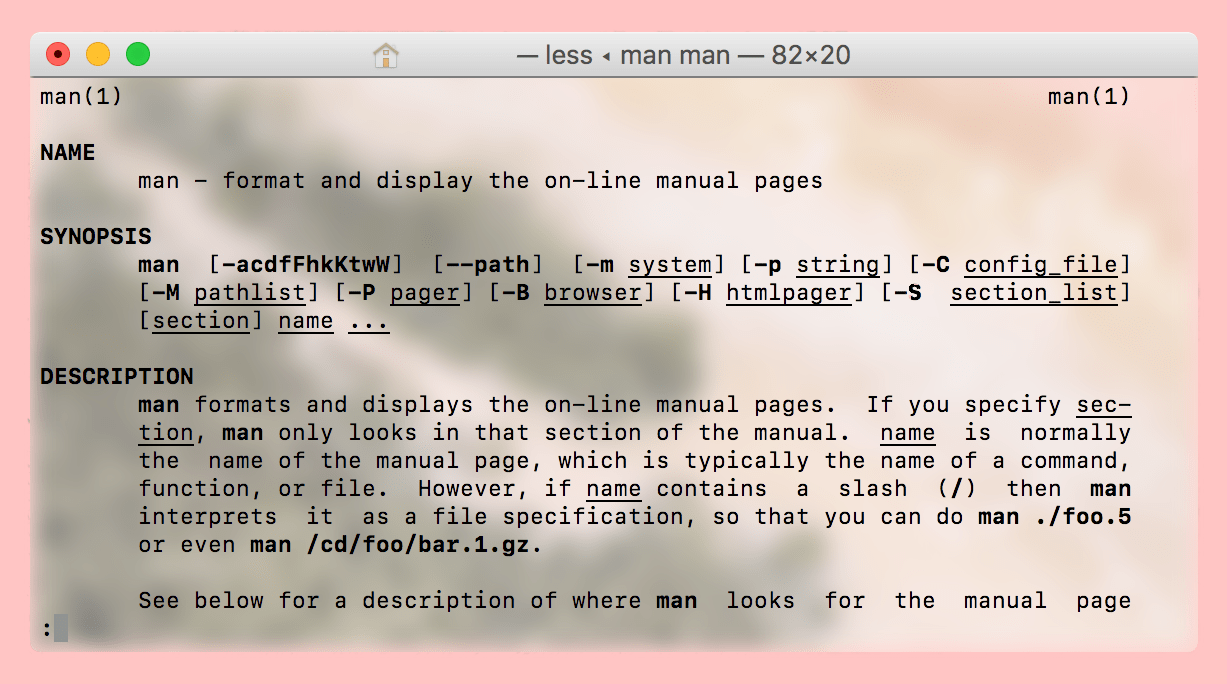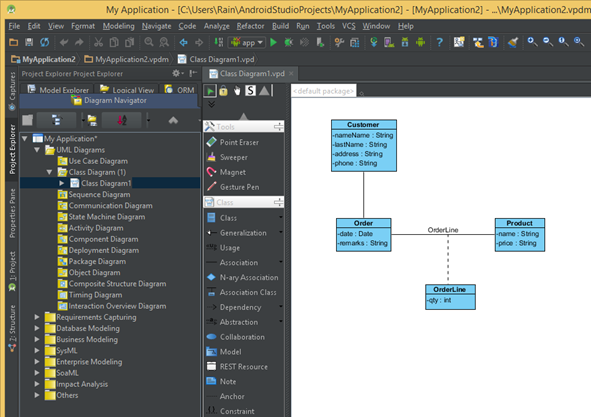
- #SLASH COMMANDS FOR TERMINAL MAC MANUALS#
- #SLASH COMMANDS FOR TERMINAL MAC FULL#
- #SLASH COMMANDS FOR TERMINAL MAC SOFTWARE#
- #SLASH COMMANDS FOR TERMINAL MAC WINDOWS#
Operating system (OS) command-line interfaces are usually distinct programs supplied with the operating system. Types Operating system command-line interfaces Īpple Computer's CommandShell in A/UX 3.0.1 It may be difficult for a new user to become familiar with all the commands and options available, compared with the icons and drop-down menus of a graphical user interface, without repeated reference to manuals.
#SLASH COMMANDS FOR TERMINAL MAC WINDOWS#
The command-line environment may not provide graphical enhancements such as different fonts or extended edit windows found in a GUI.
#SLASH COMMANDS FOR TERMINAL MAC MANUALS#
A command-line history can be kept, allowing review or repetition of commands.Ī command-line system may require paper or online manuals for the user's reference, although often a "help" option provides a concise review of the options of a command. Automation of repetitive tasks is simplified by line editing and history mechanisms for storing frequently used sequences this may extend to a scripting language that can take parameters and variable options. Since options to commands are given in a few characters in each command line, an experienced user may often find the options easier to access. This includes programming environments and utility programs.Ī graphical user interface with icons and windows ( GEM 1.1 Desktop)Ĭompared with a graphical user interface, a command-line interface requires fewer system resources to implement.
#SLASH COMMANDS FOR TERMINAL MAC SOFTWARE#
Many software systems implement command-line interfaces for control and operation. Programs with command-line interfaces are generally easier to automate via scripting. Command-line interfaces are often implemented in terminal devices that are also capable of screen-oriented text-based user interfaces that use cursor addressing to place symbols on a display screen. Examples of this include the Microsoft Windows, DOS Shell, and Mouse Systems PowerPanel. However, some programming and maintenance tasks may not have a graphical user interface and may still use a command line.Īlternatives to the command line interface include text-based user interface menus (for example, IBM AIX SMIT), keyboard shortcuts, and various desktop metaphors centered on the pointer (usually controlled with a mouse). Today, many users rely upon graphical user interfaces and menu-driven interactions. Such access was primarily provided to users by computer terminals starting in the mid-1960s, and continued to be used throughout the 1970s and 1980s on VAX/VMS, Unix systems and personal computer systems including DOS, CP/M and Apple DOS. Operating systems implement a command-line interface in a shell for interactive access to operating system functions or services. The program which handles the interface is called a command-line interpreter or command-line processor. And, in case you want to stop a command you've input, you can do that by tapping the window (if it isn't already selected) and holding down the "control" key and hitting "c." Or, if you want to repeat a command, simply use the up arrow key to cycle through previously used commands and, when you see the one you want, press "return."ĭon't worry if you make a mistake in your command pathways: You'll just get a message back saying something along the lines of, "No such file or directory exists.Screenshot of Windows PowerShell 1.0, running on Windows VistaĪ command-line interface ( CLI) processes commands to a computer program in the form of lines of text.

If you need to get to your Terminal's settings, hold down the command key while tapping the comma button. Note that the file pathway is also fundamental here. Open -a "APP NAME" Open a text-based file using the text editor: Open Open a file using an application you specify:Īgain, you'll need the file pathway to use this command.

In either case, hit the spacebar following the app name and then the command would take hold.
#SLASH COMMANDS FOR TERMINAL MAC FULL#
Even though the latter appears to only copy the actual file name, it actually captures the full pathway. To do so, you can either drag the file to the Terminal window to add to the line, or right click the file and select "Copy " and then use the Command+V shortcut to paste it into the Terminal. Open -a "APPLICATION NAME" Open a file using the default application:įor this, you'll have to know the command pathway for the file you want to access.

Or, if the application has a space in its name: If you input this exact phrasing, Terminal will open your Spotify app.


 0 kommentar(er)
0 kommentar(er)
